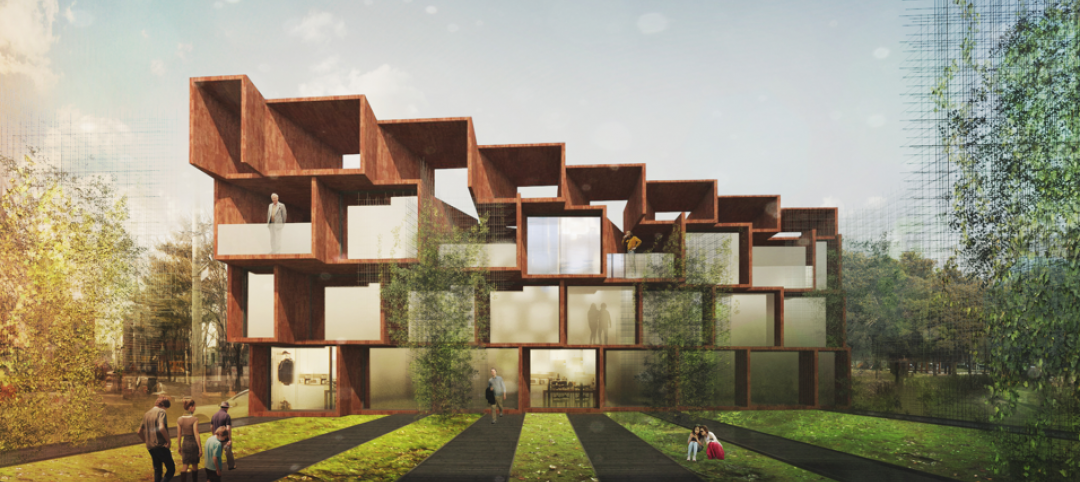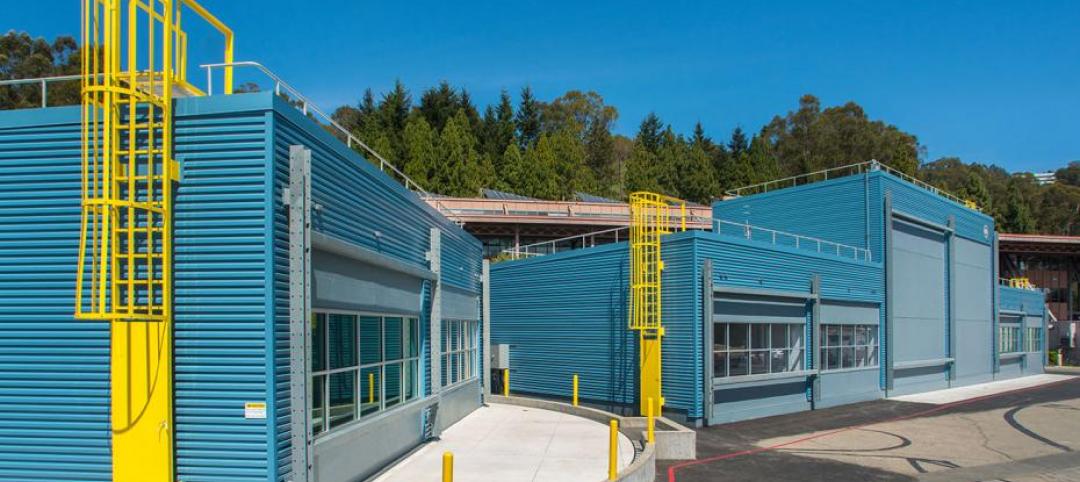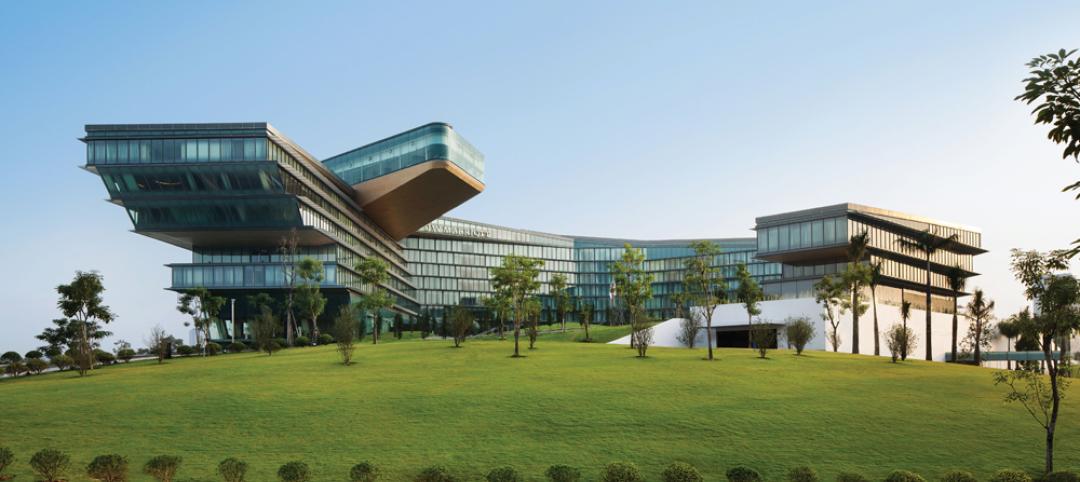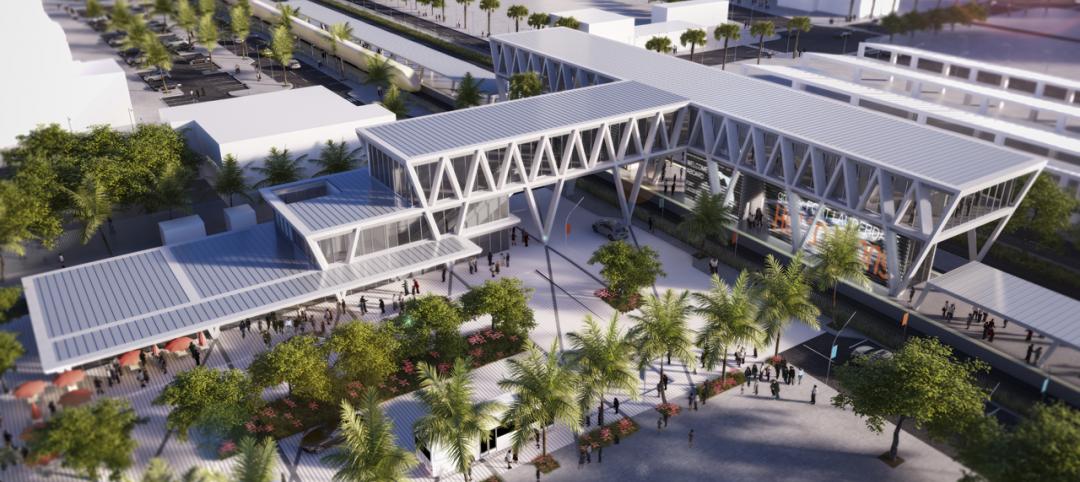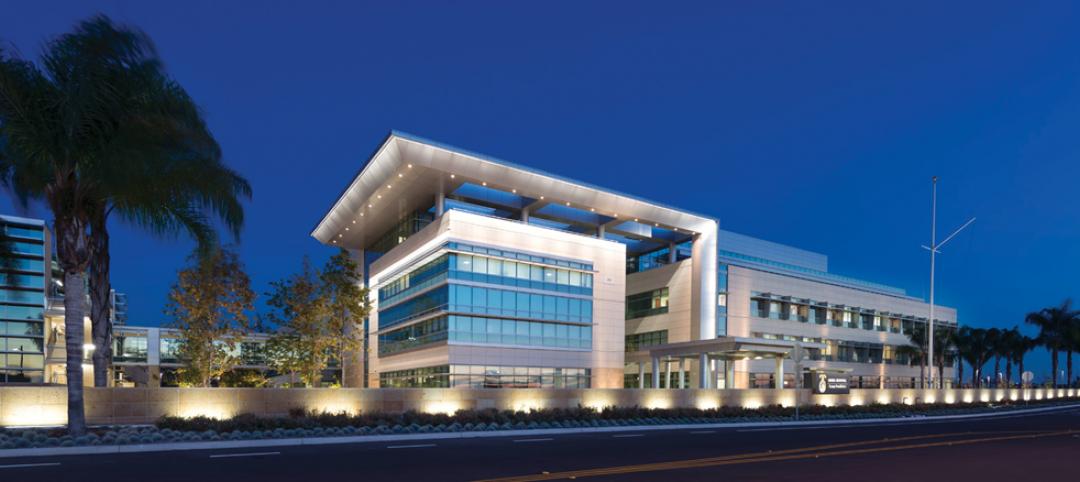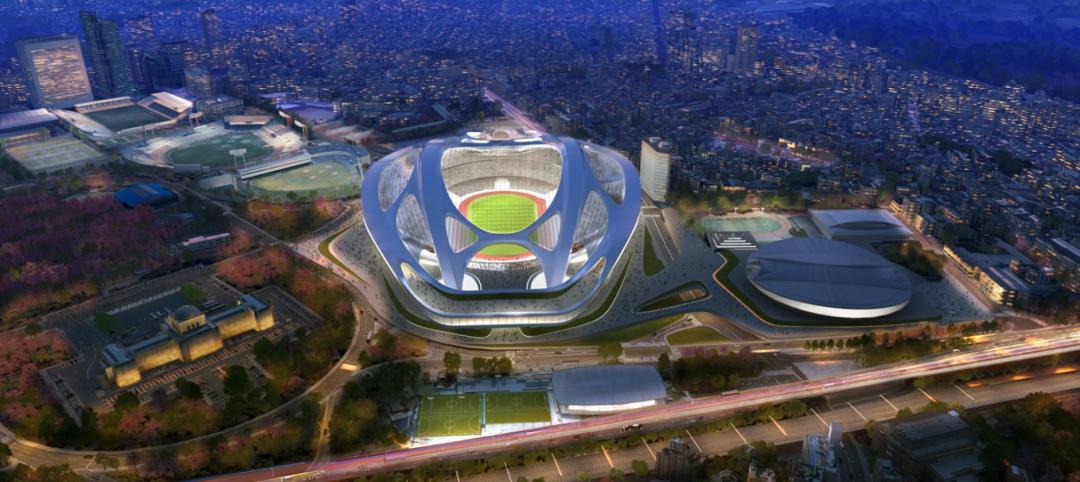As part of a push to retire the term “intern,” the Intern Development Program (IDP) will be renamed the Architectural Experience Program (AXP), effective June 29, 2016.
Developed by the National Council of Architectural Registration Boards (NCARB), the program is designed to guide aspiring architects through the early stages of their career so they can earn a license and practice architecture independently.
This decision was enacted by NCARB’s Board of Directors and is the result of over a year of research and outreach by various NCARB committees. Based on the recommendations of its Future Title Task Force, NCARB announced in May it would sunset the term “intern,” while preserving the title “architect” for licensed practitioners.
“Renaming the IDP is another step in realigning our programs to better reflect current practice and terminology,” said NCARB President Dennis Ward, AIA, NCARB. “For example, one firm may refer to a non-licensed employee as a ‘senior designer’ while another uses the title ‘project manager.’ Yet, neither is likely to introduce that individual to clients as an ‘intern.”
Since each state sets its own requirements for licensure, the program’s new name will carry an important caveat: “formerly known as the Intern Development Program, or IDP.” This language will accommodate existing laws or rules that refer to the program’s current name. Similarly, while NCARB will continue to refer to those working toward licensure as “aspiring architects” or “exam candidates,” licensing boards have the authority to prescribe their own terminology for unlicensed professionals.
The June launch of the new name will accompany the program’s realignment of experience areas. Over the next several months, NCARB will work with state licensing boards and the architectural community to implement these changes.
Click here for more information.
Related Stories
| Jul 10, 2014
Unique design of Toronto's townhome The Tree House
Plans for a new Toronto townhome brings cutting-edge design.
| Jul 10, 2014
Berkeley Lab opens 'world's most comprehensive building efficiency simulator'
DOE’s new FLEXLAB is a first-of-its-kind simulator that lets users test energy-efficient building systems individually or as an integrated system, under real-world conditions.
| Jul 10, 2014
Steinberg SF Studio launches in San Francisco, plans to transform its own office space
Grant and Saheba left their previous architectural firms, AECOM and Handel respectively, because they saw the opportunity to bring their agile, provocative design aesthetic to clients in San Francisco, Silicon Valley, and Oakland.
| Jul 9, 2014
Dragon-inspired hotel conveys Vietnamese hospitality [2014 Building Team Awards]
An international Building Team unites to create Vietnam’s first JW Marriott luxury property.
| Jul 9, 2014
Harvard Business School to build large-scale conference center
Expected to open in 2018, the facility will combine the elements of a large-scale conference center, a performance space, and an intimate community forum. The new building will be designed by Boston-based William Rawn and Associates.
| Jul 9, 2014
Top U.S. cities for design professionals
Though New York and Los Angeles are often seen as the sole hubs for design jobs, other design epicenters are scattered between the coasts.
| Jul 9, 2014
The one misstep that could be slowing your company’s growth
Change. It’s inevitable. And success for any professional may very well depend on how well we adapt to it. SPONSORED CONTENT
| Jul 9, 2014
First Look: SOM's design for All Aboard Florida Fort Lauderdale rail station
The lightweight and luminous design "responds to its setting and creates a striking infrastructural icon for the city," said SOM Design Partner Roger Duffy.
| Jul 8, 2014
Fast-track naval hospital sparks sea change in project delivery [2014 Building Team Awards]
Through advanced coordination methods and an experimental contract method, the Building Team for Camp Pendleton’s new hospital campus sets a new standard for project delivery.
| Jul 8, 2014
Does Zaha Hadid’s Tokyo Olympic Stadium have a design flaw?
After being criticized for the cost and size of her stadium design for the 2020 Olympics in Tokyo, a Japanese architect points out a major design flaw in the stadium that may endanger the spectators.


